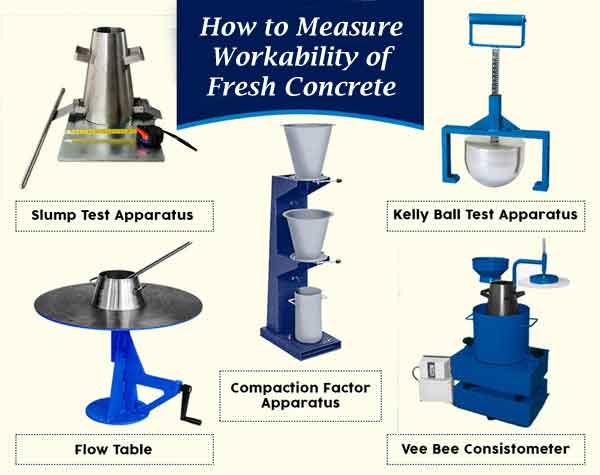Plain Cement Concrete (P.C.C) has very low tensile strength. To improve the tensile strength of concrete, some sort of reinforcement is needed which can take up the tensile stresses developed in the structure. The most common type of reinforcement is […]







